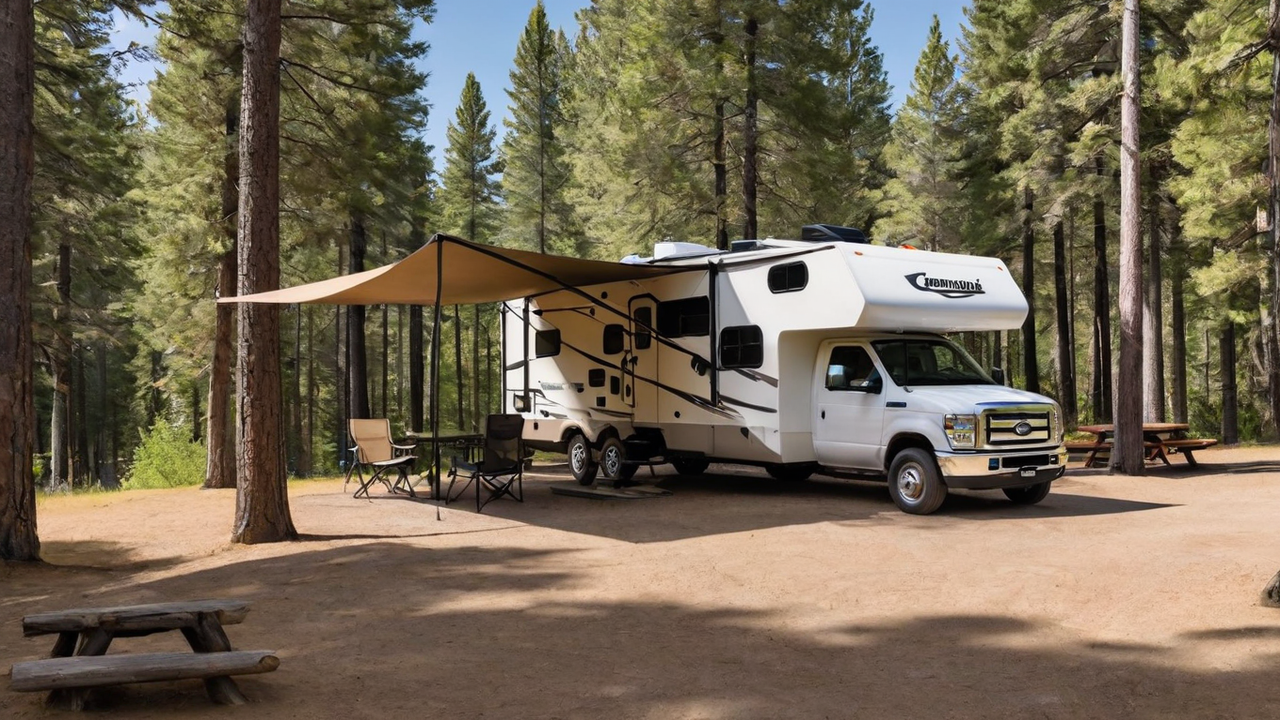Designing the Supreme User Experience: Designing Principles for Camping Programs
Designing the Supreme User Experience: Designing Principles for Camping Programs
Blog Article

Understanding Your Users
Knowing whom the intended users is crucial in creating an efficient user's experience. It is important to consider the requirements, likes, and technology competence. Such understanding leads every design decision, ensuring that the program becomes accessible and easy to use.
Knowing the users likewise implies recognizing their difficulties and how they plan to use the campground software. It allows the designers to customize features and functionalities that meet specific requirements, therefore making your software not only useful but also indispensable.
Streamlining the Navigation System
Simplifying the navigation system can be one key aspect of interface design. A clear menu system guarantees users can readily find what they're looking for, cutting down frustration and enhancing user satisfaction. It's about making the user journey within the app as seamless as possible.
Additionally, effective navigation guides users throughout the application, highlighting functions and tools that they might otherwise miss. This an strategy not only enhances user experience but also promotes deeper engagement with your campground software full array of features.
Incorporating Premium Visuals
Visuals have a crucial part in creating an attractive user interface. They assist in breaking text and can also convey functions more efficiently than words alone. Choosing the correct graphics, icons, and colors can improve the overall appearance of the software, thus making it more visually attractive to your users.
Furthermore, visual consistency is crucial for establishing brand identity and trustworthiness among users. Every component should be in sync with your brand's ethos and the overall message of the application, creating a seamless user experience that is both polished and welcoming.
Enhancing the Responsiveness
In today’s online world, people demand campground software to be fully responsive on every devices, from desktops to mobile phones. An adaptive design makes sure that no matter of the device size, the application provides an optimal experience. It not only increases accessibility but also caters directly to your audience's mobile lifestyle.
Furthermore, improving the responsiveness can result in enhanced speed, reducing load times and avoiding user frustration. Visitors appreciate a fast and smooth interaction when using campground software, which makes speed a vital aspect in user satisfaction.
Optimizing the Search Functionality
Searching for info quickly is crucial in any kind of application, particularly in campground software systems. Optimizing the search functionality enables visitors to effortlessly find what they're looking for, which improves their satisfaction and productivity. By smart search capabilities, you can decrease the frustration and improve overall satisfaction.
Moreover, advanced search options such as filtering options and tagging can aid in narrowing down search results, making the process even efficient. Implementing these features demonstrates a understanding of your user’s needs and an effort to enhancing their experience with the campground software as smooth and productive as possible.
Prioritizing Security
Protecting user information is always non-negotiable when it comes to designing campground software. Users need to feel safe when inputting their private data. Guaranteeing tight security protocols not only secures their information but likewise builds trust between the user and the brand.
Beyond basic security features like passwords and encryption, consider implementing additional security measures such as two-factor authentication or biometric verification. These features provide an extra layer of security, ensuring that user data is kept safe from unauthorized access.
Leveraging Feedback
Listening to feedback is crucial for continuous enhancement of the campground software. It allows developers to understand what works, what doesn’t, and how the software can be improved to meet user needs. This type of feedback builds a partnership between your customers and your development team, which makes them feel they are part of the product's journey.
Using this feedback into account can result in tangible enhancements in user interface design and overall user experience. Implementing changes based on user input proves that your brand cares about its users and is committed to providing a high-quality experience.
Keeping the Simplicity
Among UI design, simplicity is key. A overly complex UI can confuse the users, leading in a poor UX. Keeping things simple, on the other hand, helps the software easier to understand and navigate. This encourages more engagement and satisfaction levels.
Additionally, maintaining simplicity should also apply to your content and features. Avoid superfluous functions that do not add value can ensure that the UI remains sleek and campground management software focused on the core requirements of your users. By doing so, you can craft a more efficient UX that appeals with the target audience.
Report this page